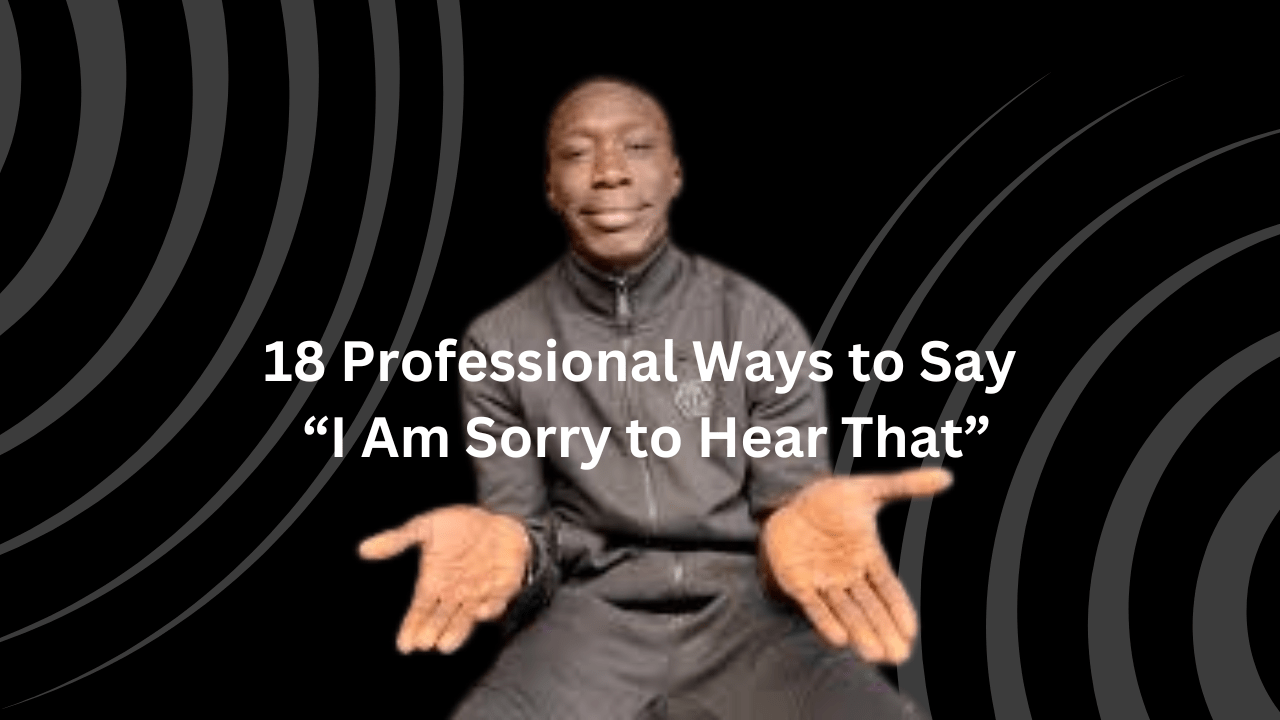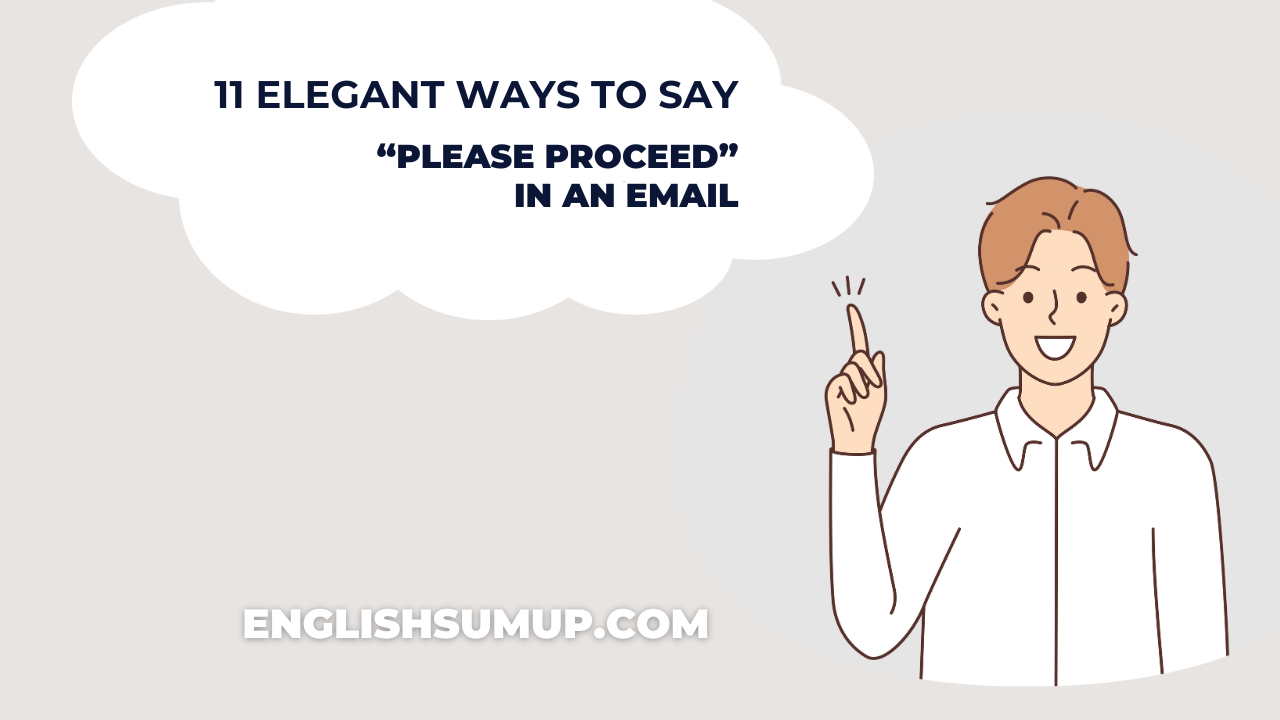Are you endeavoring to utilize the phrase “got it thank you” as a means of indicating comprehension to another individual? Prior to doing so, it is prudent to acquaint oneself with more formal methods of conveying understanding.
Therefore, this article aims to elucidate whether “got it thank you” is an appropriate formal expression and provide alternatives for conveying comprehension in a more formal manner.
Is It Formal to Say “Got It Thank You”?

Using the phrase “got it, thank you” is deemed informal and is not recommended for incorporation into formal email correspondence due to its unprofessional and conversational nature.
This expression should be avoided in workplace emails as it lacks appropriateness in formal settings.
Read this post also: 30 Other Words for “Too Hard to Catch”
Likewise, the variation “Got it, thanks” carries the same informal connotation and should not be employed in formal contexts.
While both variations are suitable for informal communication, they are unsuitable for formal exchanges.
Pros:
Conveys a friendly tone
Effective in informal contexts
Cons:
Inappropriate for formal communication
Lacks suitability for email correspondence in professional settings
In summary, “got it, thank you” is unsuitable for use in professional emails. However, there exist numerous synonyms to diversify your language.
Continue reading to discover alternative expressions for conveying understanding. Additionally, review the examples provided to understand their application.
What to Say Instead of “Got It Thank You”

- Acknowledged.
- Noted.
- Crystal clear.
- Fully comprehended.
- Grasped.
- Appreciate the clarification.
- Thank you for the update.
- Your message is well understood.
- I’ve taken your points on board.
- Your explanation is duly noted.
- I acknowledge your message.
- I’m aware of the situation.
- Your input is valued.
- I’m in receipt of your communication.
- Grateful for the insight.
- Thank you for the heads-up.
- I’m thankful for the prompt response.
- Your message has been duly acknowledged.
Acknowledged:
This term conveys that the information or message has not only been received but also duly recognized and understood. It implies a formal recognition of the communication and often suggests that any necessary actions or responses will follow as appropriate.
Noted:
When someone responds with “noted,” they are indicating that they have taken note of the information provided. This phrase suggests that the message has been recorded or mentally acknowledged for future reference or action. It’s a concise way of expressing understanding without delving into extensive detail.
Crystal clear:
This expression emphasizes the clarity and thoroughness of one’s understanding. It signifies not just comprehension but also a complete absence of ambiguity or confusion. By saying “crystal clear,” the speaker reassures the sender that they grasp the message with absolute clarity.
Fully comprehended:
When someone says they have “fully comprehended” a message, they are affirming that they have not only understood the words but also the underlying meaning and implications. This phrase indicates a deep understanding and suggests that the recipient is ready to act or respond accordingly.
Grasped:
To say that one has “grasped” a concept or information implies a firm understanding or mastery of the subject matter. It suggests that the recipient has mentally seized hold of the information and is now able to manipulate or apply it as necessary.
Appreciate the clarification:
This expression combines acknowledgment with gratitude. It conveys not only understanding but also appreciation for the sender’s effort to provide clear and concise information. By expressing appreciation for the clarification, the recipient fosters positive communication and encourages further collaboration.
Thank you for the update:
This phrase acknowledges receipt of new or updated information while also expressing gratitude for the sender’s effort to keep the recipient informed. It conveys appreciation for the timely communication and encourages ongoing transparency and collaboration.
Your message is well understood:
By stating that a message is “well understood,” the recipient reassures the sender that the information has been received and comprehended to a satisfactory degree. This phrase emphasizes the quality of understanding and implies that any necessary follow-up actions will be taken accordingly.
I’ve taken your points on board:
This expression acknowledges receipt of information or suggestions while also implying that the recipient has considered and internalized the points raised. It suggests an openness to the sender’s input and a willingness to incorporate it into future actions or decisions.
Your explanation is duly noted:
When someone says that an explanation is “duly noted,” they are indicating that they have taken careful note of the explanation provided. This phrase suggests a formal acknowledgment of the information and implies that it will be given due consideration or acted upon as necessary.
I acknowledge your message:
This statement confirms receipt and understanding of a communication in a formal and professional manner. It signifies that the message has been received and processed, even if further action or response is not immediately forthcoming.
I’m aware of the situation:
By stating that they are “aware of the situation,” the recipient indicates that they have knowledge and understanding of the circumstances at hand. This phrase suggests a level of familiarity with the situation and may imply readiness to address any associated issues or concerns.
Your input is valued:
This expression acknowledges the importance of the sender’s contribution while also expressing appreciation for their input. It conveys respect for the sender’s perspective and encourages continued collaboration and exchange of ideas.
I’m in receipt of your communication:
This phrase is a formal way of acknowledging receipt of a message or communication. It emphasizes that the message has been received and is now in the possession of the recipient, ready for further review or action as necessary.
Grateful for the insight:
By expressing gratitude for the sender’s insight, the recipient acknowledges the value of the information provided and the effort invested in sharing it. This phrase fosters positive rapport and encourages continued sharing of valuable insights and perspectives.
Thank you for the heads-up:
This expression combines acknowledgment with gratitude and indicates appreciation for being alerted or informed about something in advance. It suggests that the recipient values timely communication and is grateful for the opportunity to prepare or respond accordingly.
I’m thankful for the prompt response:
By expressing thanks for a prompt response, the recipient acknowledges the sender’s efficiency and responsiveness. This phrase conveys appreciation for the timely communication and encourages continued promptness in future interactions.
Your message has been duly acknowledged:
This statement confirms that the message has been received and processed in a formal and professional manner. It assures the sender that their communication has not been overlooked and implies that any necessary follow-up actions will be taken as appropriate.
Conclusion:
In conclusion, this exploration has unveiled nine sophisticated alternatives to the commonly used phrase “Got it, thank you” in formal communication settings. By employing these expressions, individuals can elevate the professionalism of their interactions while conveying understanding and gratitude effectively. From acknowledging receipt of information to expressing appreciation for clarifications and insights, these formal phrases serve as invaluable tools for fostering clear, respectful, and productive communication. Embracing these refined expressions empowers individuals to navigate professional correspondence with confidence, ensuring that their messages resonate with professionalism and courtesy.










